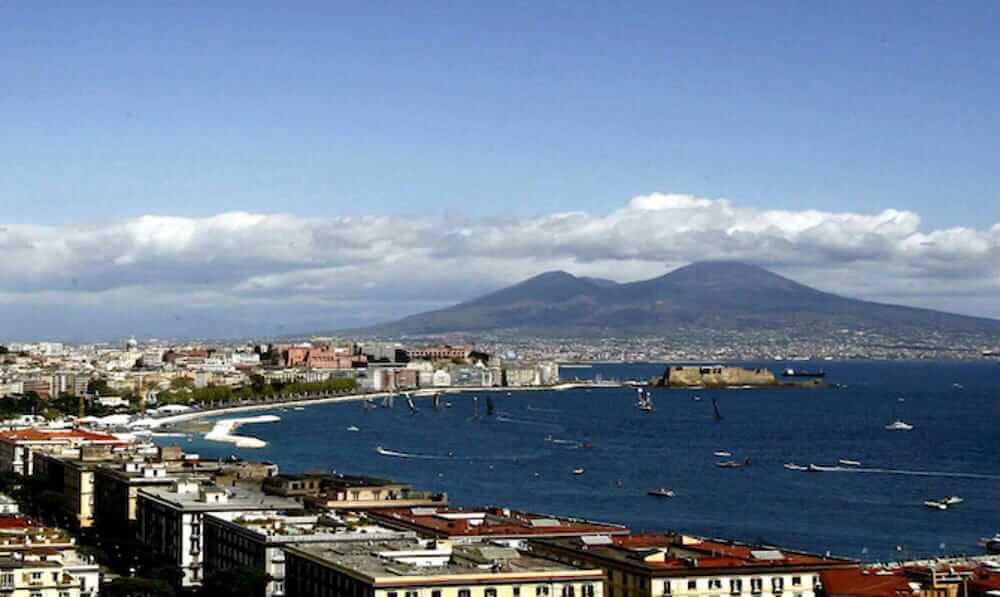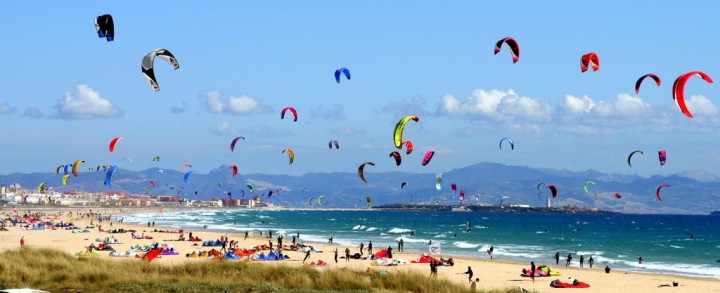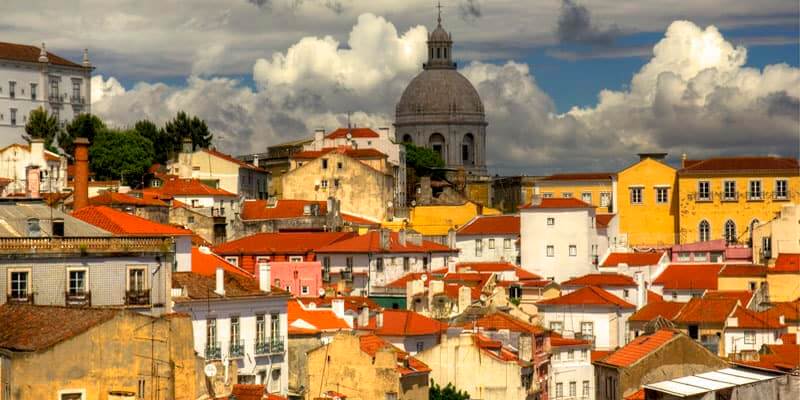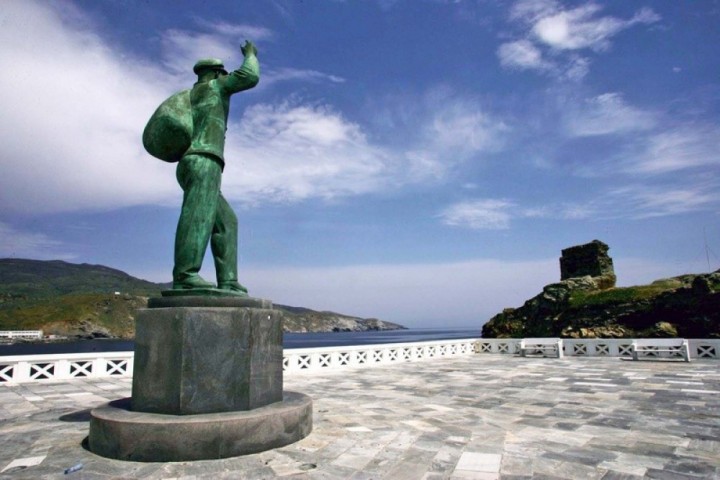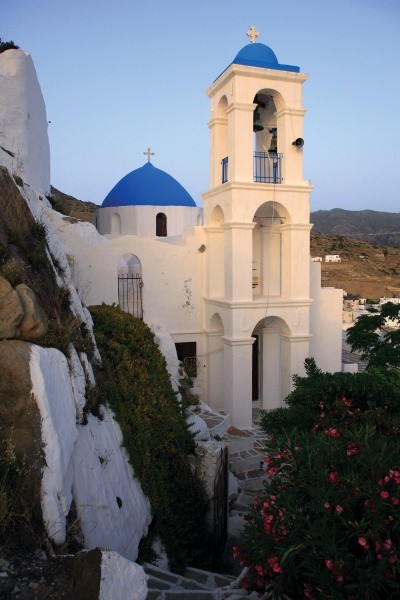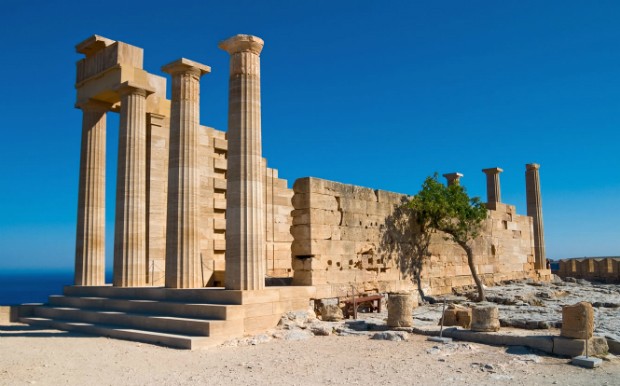Mount Vesuvius is a volcano on the west coast of Italy, 12 km from Naples. Until 79 AD, it was considered a simple mountain. Strabo even says that Mount Vesuvius was covered with beautiful fields, except for its top, which was flat, black and concludes that the mountain had caught fire and burned, but the fire was extinguished, because the fuel was missing. According to historians, the first eruption of Vesuvius, which completely destroyed and disappeared in the lava three large cities: Pompeii, Heraklion and Stavia, took place in 79 AD. The eruption was described by Pliny the Younger, who was an eyewitness to the catastrophe. Other major eruptions were recorded in 1794, 1872 and 1906, causing extensive damage and death to many people. Today, the areas around Mount Vesuvius are very densely populated, despite the danger that the inhabitants are aware of, as the volcanic soil of the mountain is very fertile.
Mount Vesuvius today
The form and configuration that Vesuvius has today, took it after the eruption of 79 AD, although the various explosions that took place later caused some changes in its appearance. It has three mountain tops: Somma to the north, Vesuvius itself to the south and Otagiano in between. Today, Mount Vesuvius itself has a base circumference of 45 kilometers and the diameter of its crater is about 570 meters. Its height changes after each strong explosion, and is currently 1,180 meters. The mountain slopes are overgrown with gardens and fields up to a certain height. Its vineyards have been particularly prosperous since ancient times. The wines of Vesuvius have been highly valued since Roman times and the wonderful wine “Lacrima Christi” (Tears of Christ) is sought after. Finally, Vesuvius is also mentioned in many movies, magazines, comics and books.

